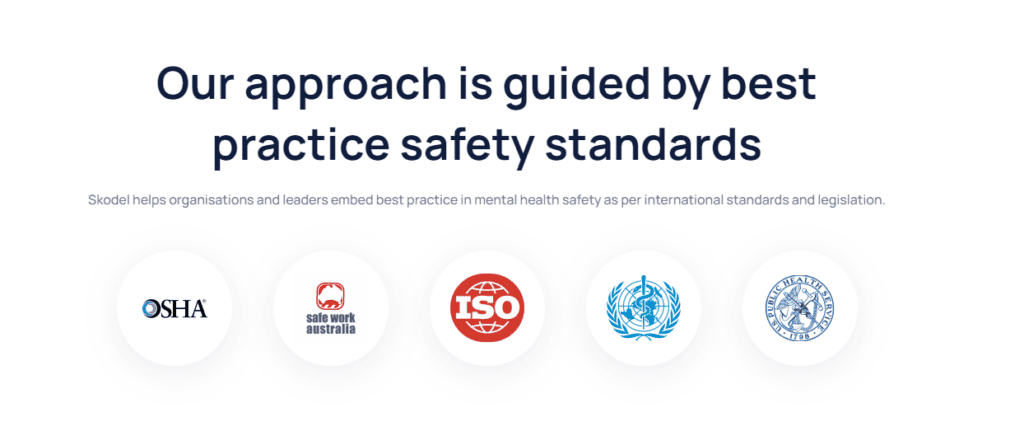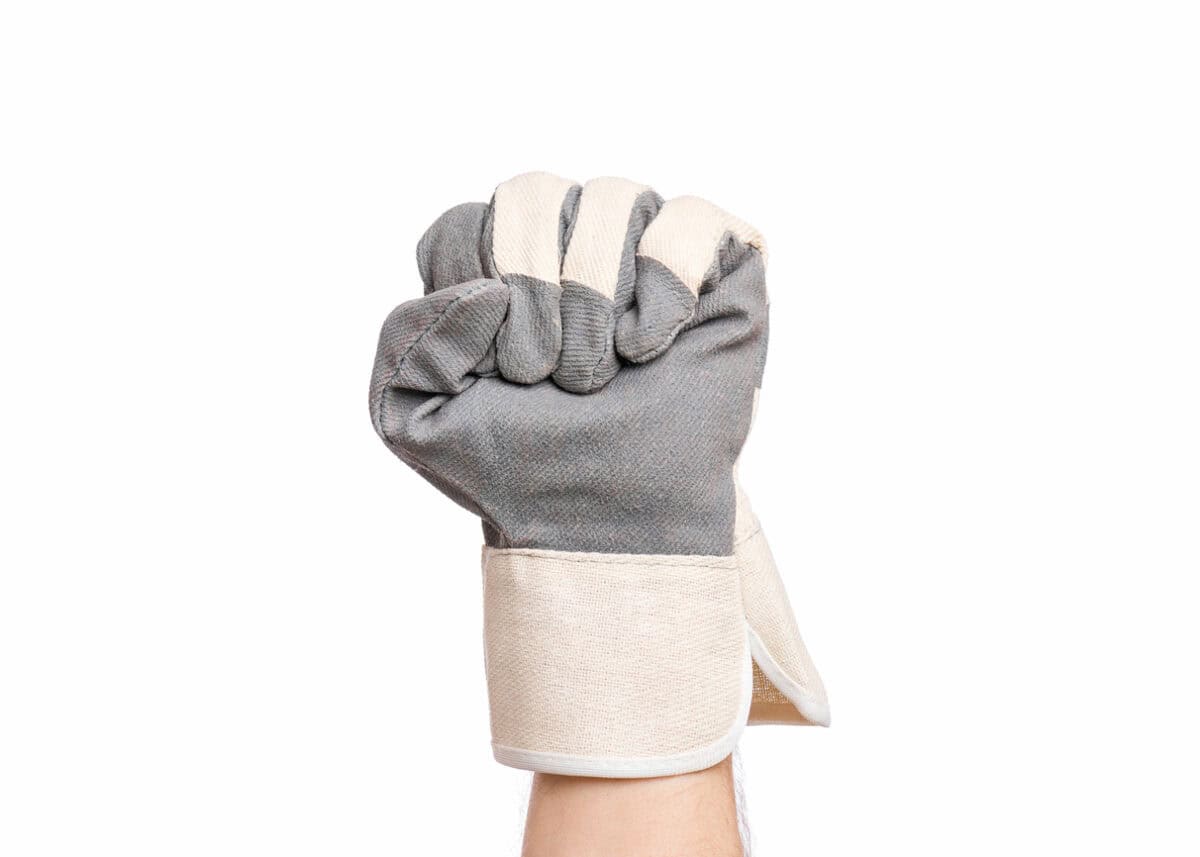Last week the Australian Institute of Health and Safety (AIHS) National Conference contained some excellent speakers and one or two stinkers. (I will not be reporting on the last speaker of the conference, who spent his first ten minutes “roasting”. i.e. insulting the delegates!) Safe Work Australia’s Marie Boland was an important and informative speaker who nudged the occupational health and safety profession to be more active.
Category: standards
The fluctuating grey zone of compliance
The occupational health and safety (OHS) profession operates within the legislative context of “so far as is reasonably practicable“, that band of compliance, that non-prescriptive, performance-based flexibility offered to employers to encourage them to provide safe and healthy workplaces. It could be said that OHS was easier forty years ago because the compliance band was thinner, and in some cases, compliance was determined by specialist OHS inspectors on the day of the visit.
Today, that compliance band fluctuates and can be affected by community values and expectations, as shown in a recent discussion about sexual harassment at Australia’s Fair Work Commission.
Do international safety organisations endorse Skodel? Are they affiliates?
Earlier this month, a company called Skodel received support on some LinkedIn posts in relation to workplace mental health. Its website says the company has
“….a focus on developing a safe outlet for people to share mental wellbeing concerns and get linked to support.”
At the end of the company’s homepage was this image:

The inclusion of the Safe Work Australia (SWA) logo, in particular, seemed odd as I have never seen it on non-SWA websites previously.
New international standard for evaluating OHS performance
On February 13th, 2024, the International Technical Committee (ISO TC 283) responsible for the design and development of ISO 45004:2024 OH&S Performance Evaluation reported that the Final Draft International Standard (FDIS) ballot yielded 54/55 supporting votes, equating to a very strong 98% international ballot approval.
ISO 45004:2024 is intended to help organisations to effectively monitor, measure, analyse and evaluate occupational health and safety (OHS) performance. OHS performance evaluation includes the organisation’s processes to assess the adequacy of activities expected to achieve intended results. OHS performance is normally evaluated using a combination of processes and sources of information such as incident investigations, inspections, audits, qualitative and quantitative indicators, culture surveys and interviews.
The new standard was published last week.
{The is a guest post by David Solomon; details are below. Some grammar changes have been applied, and hyperlinks added by SafetyAtWorkBlog]
Continue reading “New international standard for evaluating OHS performance”Are wellbeing programs “safe washing” their OHS performance?
First, there was brainwashing, then greenwashing and safewashing. Could the well-being industry be accused of safewashing? Has well-being had its day in the sun?
The first use of safewash to describe presenting occupational health and safety (OHS) information in a diffused truth was in the 2016 research paper by Sharron O’Neill, Jack Flanagan and Kevin Clarke, called “Safewash! Risk attenuation and the (Mis)reporting of corporate safety performance to investors” (abstract/summary available). It has turned up elsewhere since.
Call for Industrial Manslaughter laws after more unnecessary deaths
It was inevitable that all States in Australia would end up with Industrial Manslaughter (IM) penalties related to occupational health and safety (OHS). Tasmania is the latest to start the consultation on these laws, and again, it has required a work-related tragedy to generate the outrage that seems required for such a push.
The Australian Broadcasting Corporation is reporting on the grief and outrage of Georgie Burt, one of the parents of
“….one of six children who died when a jumping castle became airborne at an end-of-year celebration at Hillcrest Primary School in Devonport in 2021.”
hyperlink added
Interview with ILO’s Manal Azzi
Last week, I was able to interview several speakers, sponsors and delegates at the 23rd World Congress on Safety and Health at Work, sometimes on behalf of the Congress and at other times privately. Some of these interviews were edited from forty-five minutes of content to ten. The interview with the Team Lead on Occupational Safety and Health at the International Labour Organization, Manal Azzi, available online, was once such. This SafetyAtWorkBlog article is the full, slightly edited, transcript of that interview.






